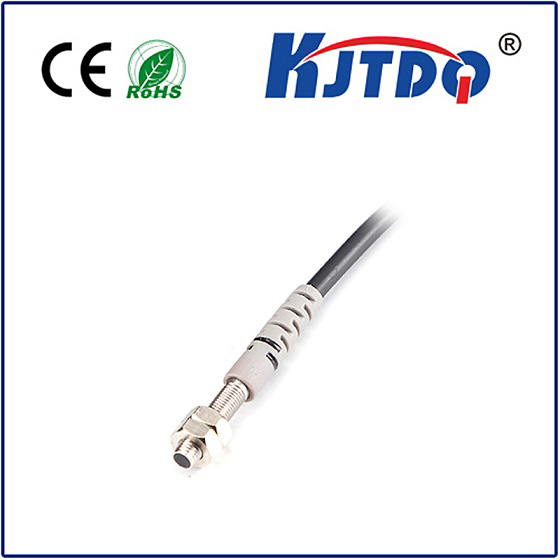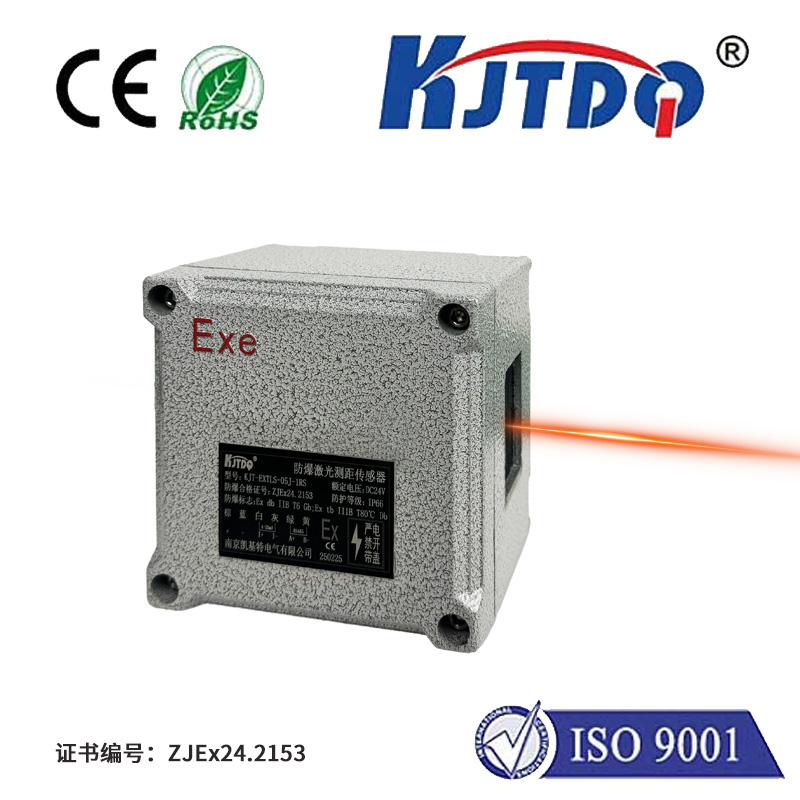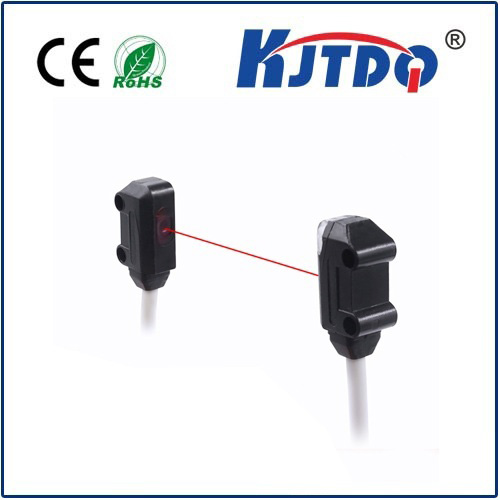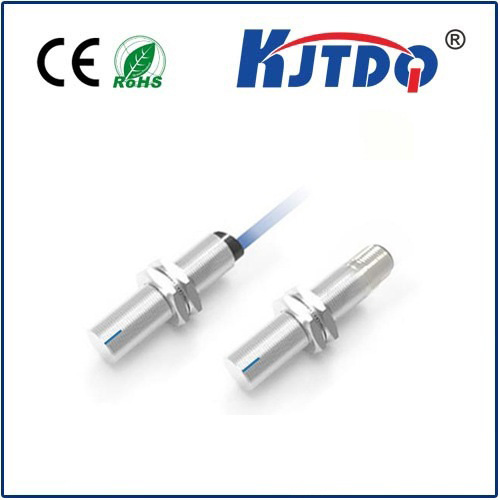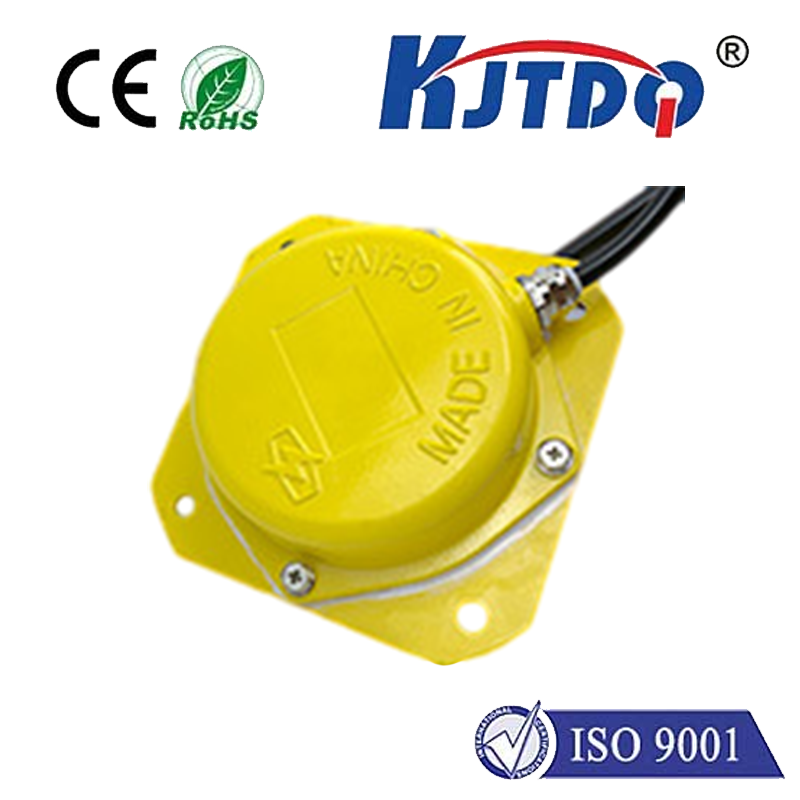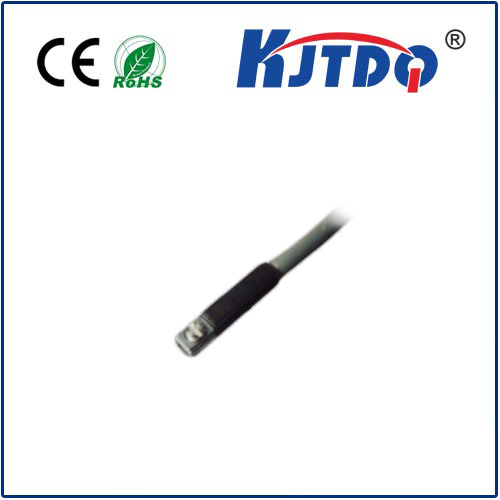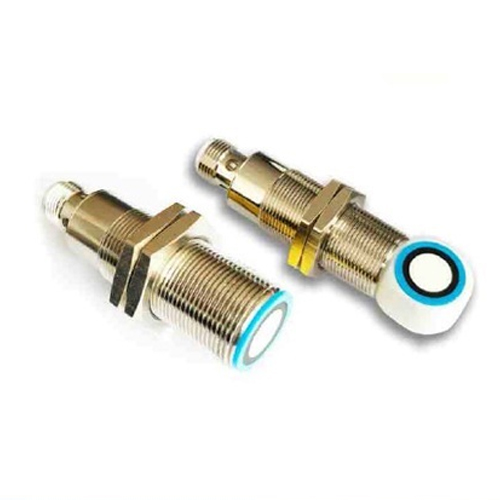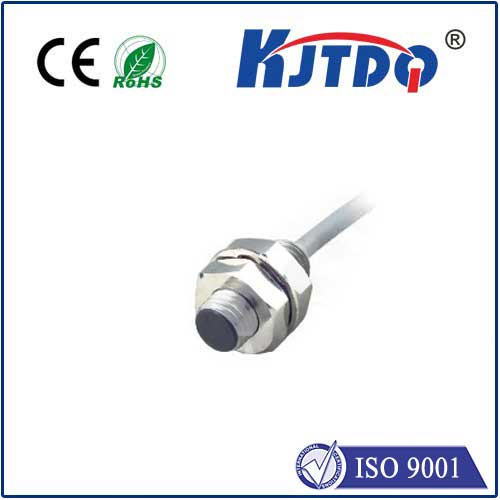transmission temp sensor
- time:2025-08-23 00:38:13
- Click:0
Your Transmission’s Lifeline: Demystifying the Transmission Temperature Sensor
That dreaded feeling. You’re cruising down the highway, maybe towing a load on a hot day, or navigating steep mountain passes. Suddenly, a warning illuminates your dashboard – often the Transmission Over-Temperature light or a Check Engine light accompanied by a specific trouble code. Your heart sinks. What’s wrong? Is your transmission about to fail? More often than not, the culprit – or the critical witness – behind these warnings is a small yet vital component: the Transmission Temperature Sensor (TTS). Understanding its role is key to diagnosing problems, preventing costly damage, and ensuring your vehicle performs reliably.
More Than Just a Thermometer: The Critical Role of the TTS
Think of the transmission temperature sensor as your transmission’s nervous system for heat regulation. It’s an electronic device, typically a thermistor (a resistor whose value changes predictably with temperature), strategically immersed within the transmission fluid circuit. Its primary mission is constant surveillance: monitoring the temperature of the Automatic Transmission Fluid (ATF) in real-time.
This data is anything but trivial. It’s transmitted instantly to the vehicle’s Transmission Control Module (TCM) or sometimes the Engine Control Module (ECM). Why is this temperature reading so crucial?

- Shift Strategy Optimization: Modern automatic transmissions are incredibly sophisticated, relying on precise computer control for smooth gear changes. The TCM uses the transmission fluid temperature data to fine-tune shift points and pressure. Cold fluid is thicker and requires different hydraulic pressures and shift timing compared to hot, thinner fluid. The TTS ensures shifts remain crisp and efficient regardless of operating conditions.
- Torque Converter Clutch (TCC) Lockup Control: The TCC locks the engine and transmission together at higher speeds for improved fuel economy. The TCM uses temperature data to determine when it’s safe and efficient to engage the TCC. Locking up too early with cold fluid can cause shuddering and strain; the TTS prevents this.
- The Guardian Against Overheating: This is arguably the TTS’s most critical function. Sustained high temperatures are the number one enemy of an automatic transmission. Fluid breaks down, seals harden, clutches glaze, and bearings wear prematurely – leading to catastrophic failure. When the TTS detects fluid temperature climbing into the danger zone (typically above 250°F / 120°C, though specific thresholds vary), it triggers a series of protective actions:
- Warning Light Activation: Illuminating the transmission temperature warning or a Check Engine Light (CEL).
- Limp Mode: The TCM may command the transmission into a failsafe or “limp-home” mode. This often involves locking into a single gear (like 2nd or 3rd) and disabling overdrive and the torque converter clutch to prevent further heat generation and potential damage. Performance is severely limited, but it allows you to drive cautiously to a safe location or repair shop.
- Cooling System Coordination: In some vehicles, the TCM might signal the engine cooling system (like turning on cooling fans earlier or at higher speeds) to help dissipate heat from the transmission cooler, which is often integrated into the vehicle’s radiator.
Recognizing the Whispers of a Failing Transmission Temperature Sensor
Like any component, a transmission temperature sensor can malfunction. Symptoms can range from subtle drivability issues to major warnings. Being aware helps catch problems early:
- The Illuminated Warning Light: The most direct sign is the transmission over-temperature warning lighting up, often accompanied by a Check Engine Light. Crucial Note: This light can also illuminate due to actual overheating caused by other problems (low fluid, clogged cooler, mechanical faults). The TTS itself might be faulty, falsely reporting high temp, triggering the light unnecessarily.
- Harsh, Erratic, or Delayed Shifting: If the TCM receives inaccurate temperature data (too hot or too cold) from a faulty sensor, its programmed shift strategies become incorrect. You might experience harsh bangs into gear, delayed engagement from Park to Drive, flaring between shifts, or reluctance to upshift/downshift. Cold shifts might feel overly harsh even when the engine is warm.
- Torque Converter Clutch Problems: Faulty temperature signals can interfere with TCC operation. Symptoms include shuddering during moderate acceleration at highway speeds (simulating a misfire), failure of the TCC to lock up resulting in poor fuel economy, or unexpected lock/unlock cycling.
- Unexplained Poor Fuel Economy: If the TCC isn’t locking due to inaccurate temp signals, you’ll see a noticeable drop in highway MPG.
- False Limp Mode Activation: A sensor reporting excessively high temperatures when the fluid is actually cool can inappropriately trigger limp mode, severely limiting your vehicle’s drivability. This is a strong indicator of sensor failure.
- Trouble Codes: A scan tool is essential. Common trouble codes related to the TTS include P0711 (Transmission Fluid Temperature Sensor Circuit Range/Performance), P0712 (Sensor Circuit Low Input/Short to Ground - usually indicates implausibly low temperature signal), and P0713 (Sensor Circuit High Input/Open - implausibly high temperature signal).
Diagnosis and Replacement: Trusting the Data
Diagnosing a faulty transmission temperature sensor requires a methodical approach:
- Scan for Trouble Codes: Retrieve any stored TCM or ECM codes using an OBD-II scan tool capable of reading transmission-specific data.
- Live Data Monitoring: The most crucial diagnostic step. Use the scan tool to observe the live data stream from the TTS while the engine runs and warms up. Compare the reported transmission temperature reading against:
- Engine Coolant Temperature (ECT): After initial warm-up, transmission temp should generally track close to ECT, often slightly higher under normal driving.
- Ambient Temperature: A cold engine/transmission should report a temp close to ambient.
- Expected Behavior: Does the reading rise steadily and plausibly as the transmission warms? Does it drop when idling after a hard run? Does it suddenly jump to extreme values? Implausible readings (like -40°F or 300°F when the car just started) point to a sensor or wiring fault.
- Resistance/Voltage Checks: Using a multimeter, a technician can measure the sensor’s resistance (or voltage output, depending on type) at specific temperatures and compare it to the manufacturer’s specifications. This often requires accessing the sensor connector.
- Circuit Inspection: Verify the wiring harness connecting the sensor to the TCM/ECM for damage, corrosion, or loose connections. A simple wiring fault can mimic sensor failure.
- Rule Out Actual Overheating: Ensure transmission fluid level is correct (using the dipstick when hot, engine running, in Park/Neutral). Check for signs of burnt fluid (dark color, acrid smell). Inspect the transmission cooler and lines for blockage or damage.
Replacing the Sentinel
If diagnosis confirms a faulty transmission temperature sensor, replacement is necessary. While sometimes accessible externally, it often requires dropping the transmission pan or, in some complex units, significant disassembly. Always use the correct fluid specified by the manufacturer and refill to the precise level after replacement or pan removal. A professional mechanic is often recommended for this job due to the complexity and critical nature of the fluid service.
The Small Watchdog with a Giant Responsibility
The transmission temperature sensor might be small and out of sight, but its role in protecting your vehicle’s transmission – one of its most complex and costly components – is immense












